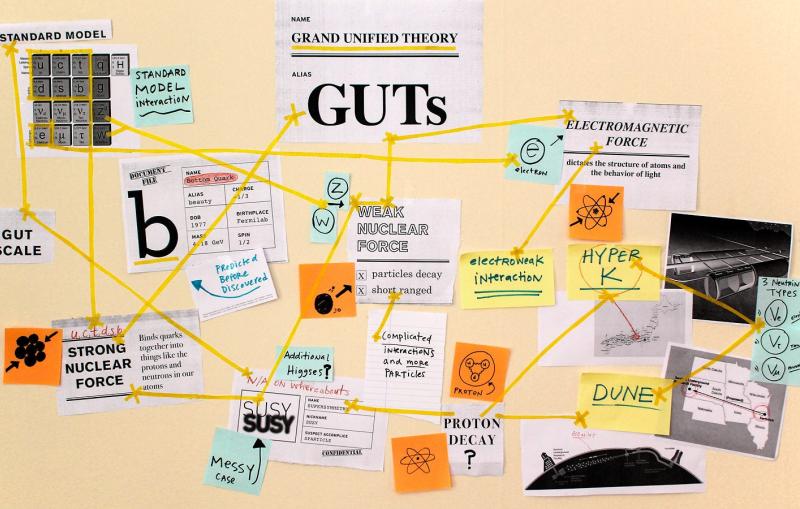

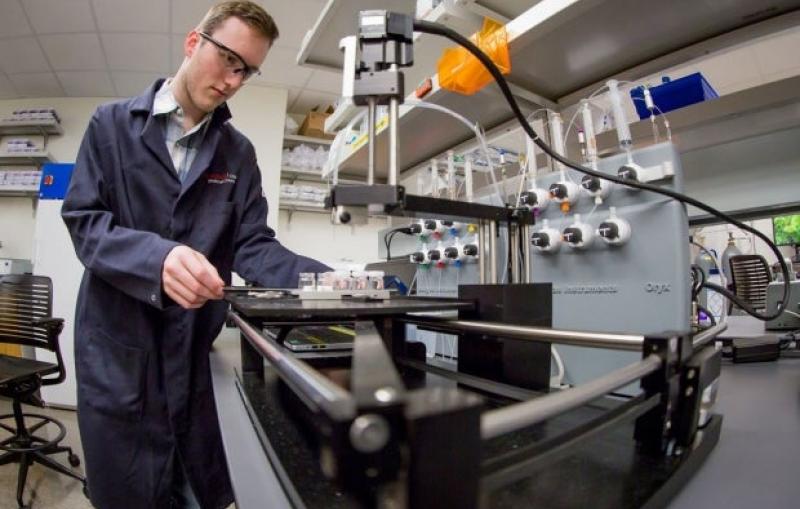

News Feature
VIA Stanford News
SIMES Engineers Look Inside Nanoparticles to Explore How Their Shape Improves Energy Storage
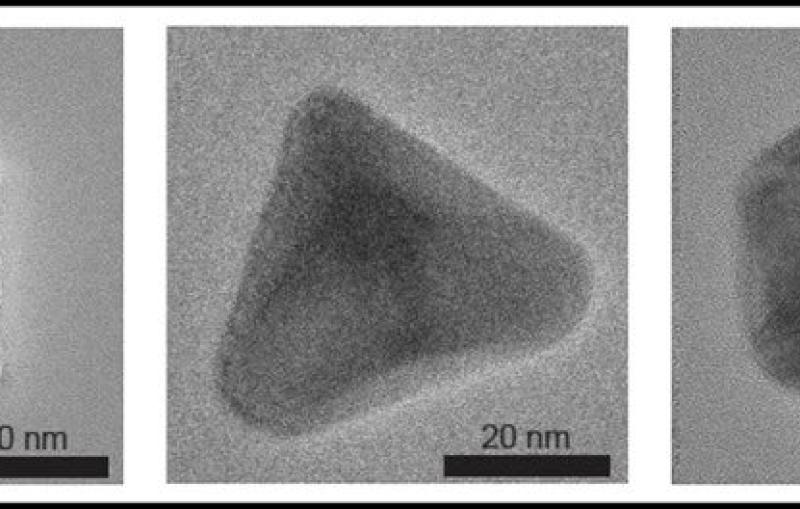
News Feature
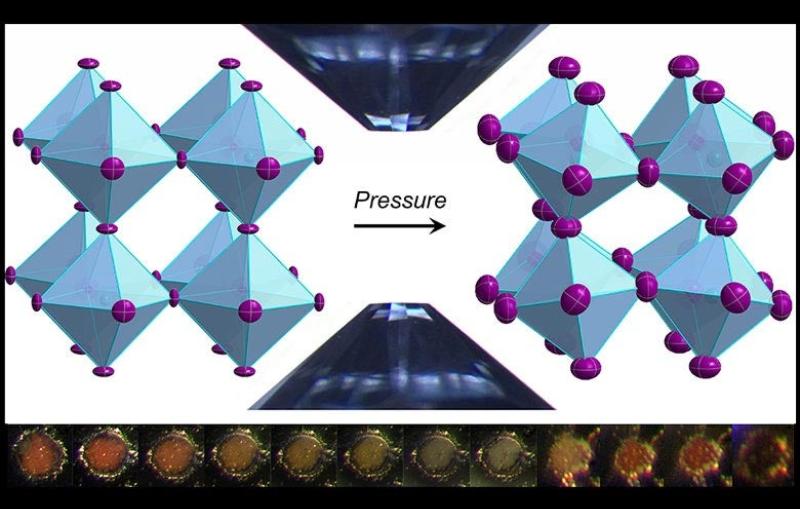
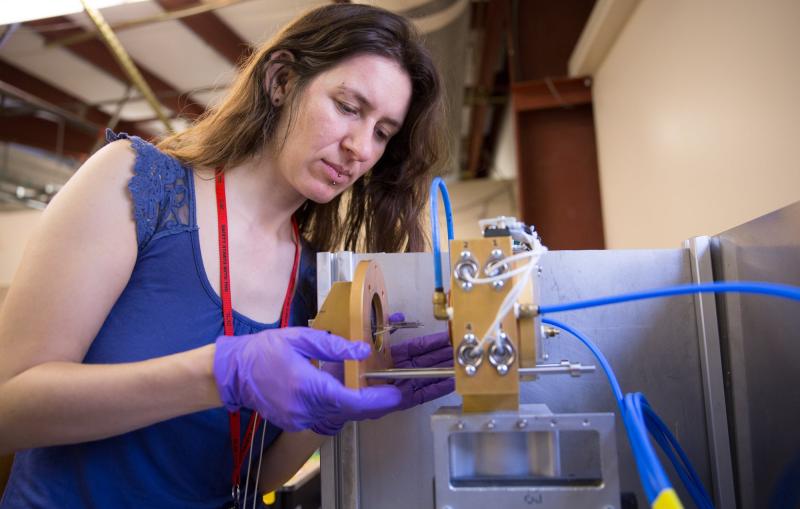

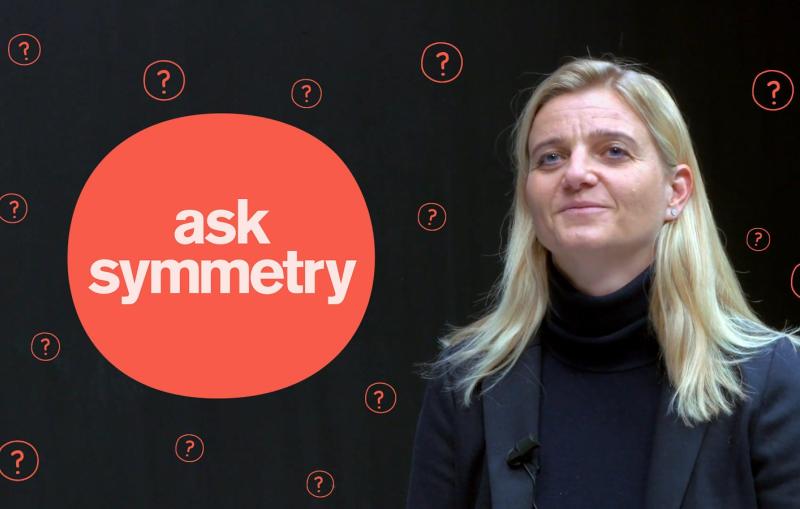
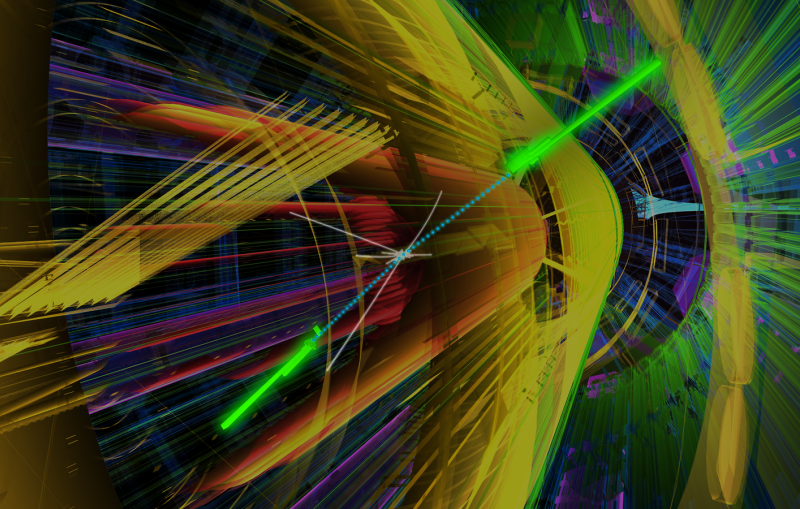
The latest news about SLAC research, science programs, facilities and people.
More on our News Center and Media Resources pages









